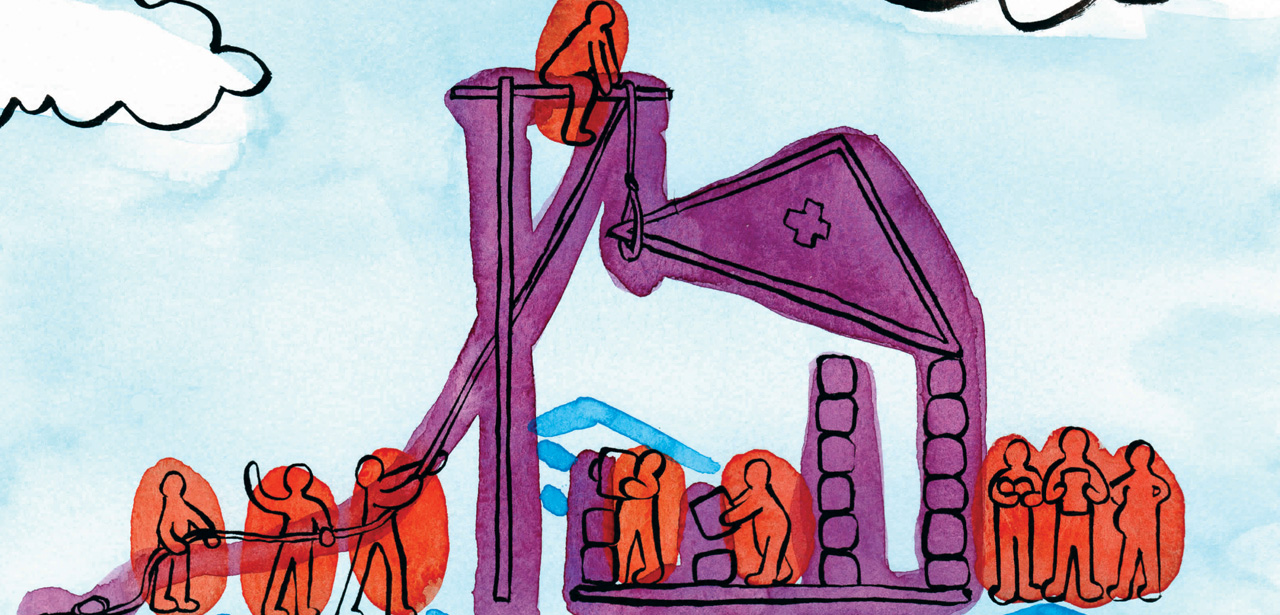Background: the association between air pollution and rhinitis is not well established. Aim: the aim of this longitudinal analysis was to study the association between modeled air pollution at the subjects" home addresses and self-reported incidence of rhinitis. Methods: we used data from 1533 adults from two multicentre cohorts" studies (EGEA and ECRHS). Rhinitis incidence was defined as reporting rhinitis at the second follow-up (2011 to 2013) but not at the first follow-up (2000 to 2007). Annual exposure to NO2, PM10 and PM2.5 at the participants" home addresses was estimated using land-use regression models developed by the ESCAPE project for the 2009-2010 period. Incidence rate ratios (IRR) were computed using Poisson regression. Pooled analysis, analyses by city and meta-regression testing for heterogeneity were carried out. Results: no association between long-term air pollution exposure and incidence of rhinitis was found (adjusted IRR (aIRR) for an increase of 10 Œg·m3 of NO2: 1.00 [0.91-1.09], for an increase of 5 Œg·m3 of PM2.5: 0.88 [0.73-1.04]). Similar results were found in the two-pollutant model (aIRR for an increase of 10 Œg·m3 of NO2: 1.01 [0.87-1.17], for an increase of 5 Œg·m3 of PM2.5: 0.87 [0.68-1.08]). Results differed depending on the city, but no regional pattern emerged for any of the pollutants. Conclusions: this study did not find any consistent evidence of an association between long-term air pollution and incident rhinitis.
Auteur : Burte Emilie, Leynaert Bénédicte, Bono Roberto, Brunekreef Bert, Bousquet Jean, Carsin Anne-Elie, De Hoogh Kees, Forsberg Bertil, Gormand Frédéric, Heinrich Joachim, Just Jocelyne, Marcon Alessandro, Künzli Nino, Nieuwenhuijsen Mark, Pin Isabelle, Stempfelet Morgane, Sunyer Jordi, Villani Simona, Siroux Valérie, Jarvis Deborah, Nadif Rachel, Jacquemin Bénédicte
Environment international, 2018, vol. 115, p. 257-266


